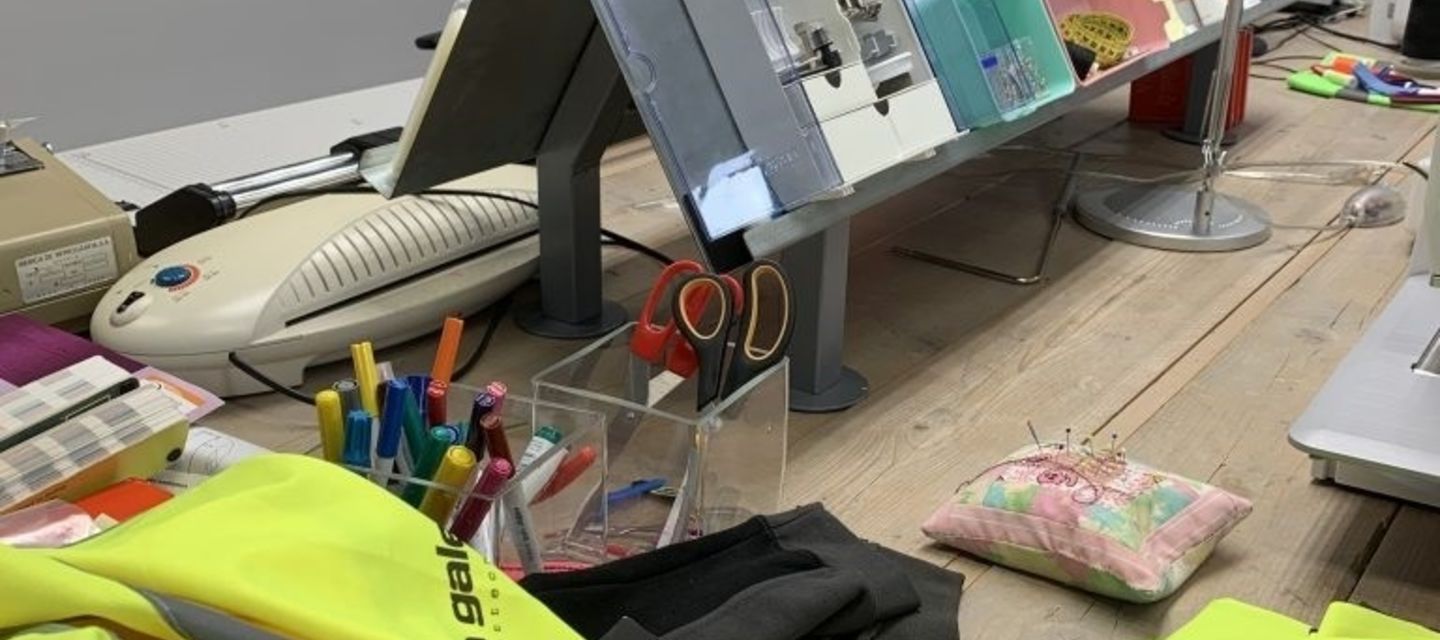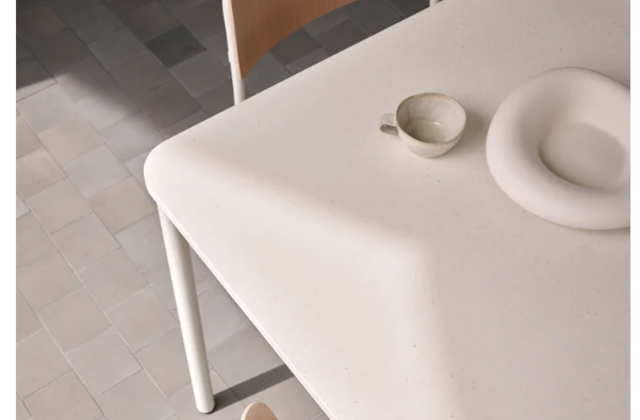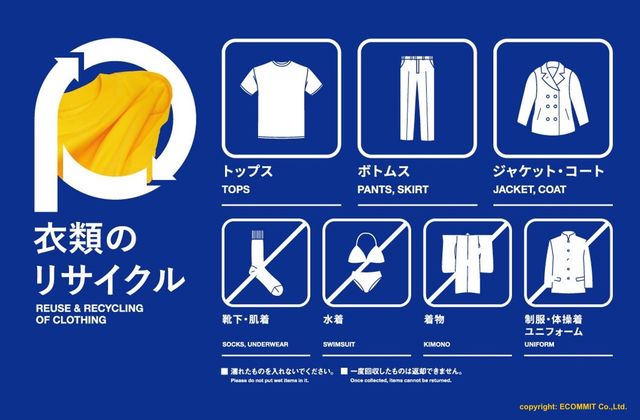Fashion, clothing and textiles
What is it? Arveco is a workwear company that aims to radically limit the amount of textile by selling workwear by piece rather than a full package and all sizes. They also repair and refurbish workwear and when this is not possible, put them to reuse at social enterprises, all contributing to make textiles last longer. In addition to their ‘minimum sales’ strategy, their concept ‘Outic’ comprises five additional circular strategies: refresh & repair, recondition, rebrand, reconnect, upcycle, recycle.
Why is this important? Textile production puts a high burden on the environment in terms of water use, water pollution, greenhouse gas emissions and landfill (European Parliament, 2020). In the EU alone, workwear consumption in 2015 was 93,000 tonnes (Malinverno, 2023). The amount of workwear that is unused or only a few times leads to a high textile waste pile and a short average product lifetime (Malinverno, 2023). As a result, calls for resource-efficient business models for workwear are mounting and various pilots have been set up across the Netherlands and the UK (Dura Vermeer et al., 2017; Ministry of Infrastructure and Environment 2017; Rijkswaterstaat, 2017; UMC Utrecht, 2017).
Main resource strategy: Slowing the loop by repairing and reconditioning workwear, rebranding workwear to make them suitable for other customers, and reusing workwear in social enterprises. Narrowing the loop by minimizing the amount of workwear sold, and closing the loop by remanufacturing and upcycling workwear into other products such as tote bags.
Business model aspects:
1. Value Proposition:
- Workwear production puts a high burden on the environment. Arveco aims to limit that burden.
- A growing stock of unused workwear will not bring any benefits.
- Partners joining the Arveco-Outic concept gain immediate financial savings.
2. Value Creation & Delivery: Many different activities per circular strategy. Collaborating partners including knowledge and educational institutes, social enterprises, design studios, social workplaces
3. Value Capture: Buying less workwear, no stock, a high service level and an enabler for corporate responsibility provides competitive advantage over conventional workwear companies.
Strategies for degrowth/ sufficiency (based on sufficiency strategies from Niessen & Bocken, 2021):
- Moderating sales: Arveco’s motto ‘saving starts with less sales’ is a sufficiency statement. Their pitch states: “Our customers buy one if you only need one piece. There are no start-up costs or minimum purchases. The logos are in stock with us, so you order what you need. We keep stock and not our customers. Due to our high stocks and fast delivery times, we have an average lead time of 3 to 4 working days for 85% of our range. Stop stocking large numbers of workwear. Experience shows that there is always a lot left that you don't need” (Arveco Outic, 2022).
Business model experimentation practices: Piloting with frontrunning customers and social enterprises based on using the boundary tool: https://fontysforsustainability.nl/inzet-boundary-tool-bij-circulair-bedrijfstextiel/ (in Dutch)
Sources:
Arveco Outic (2022). The Power of Quality [PowerPoint slides]
Arveco (2022). Duurzaamheid. Accessed 10-12-2022 at https://www.arveco.nl/duurzaamheid
Dura Vermeer, David Mannessen, Arco Vroegindeweij (2017). Circular Workwear Dura Vermeer, Croonwolter&dros /TBI and Alliander. Accessed 10-12-2022 at https://www.pianoo.nl/sites/default/files/documents/documents/rebusfactsheet2-fsbedrijfskledingdvtbialliander-engels-juni2017-1.pdf
European Parliament (2020). The impact of textile production and waste on the environment. Accessed 22-12-2022 at https://www.eumonitor.eu/9353000/1/j9vvik7m1c3gyxp/vlf0bgvqy6vx?ctx=vjxzjv7ta8z1
Malinverno, N., Schmutz, M., Nowack, B., & Som, C. (2023). Identifying the needs for a circular workwear textile management – A material flow analysis of workwear textile waste within Swiss Companies. Resources, Conservation and Recycling, 189, 106728. https://doi.org/https://doi.org/10.1016/j.resconrec.2022.106728
Ministry of Infrastructure and Environment (2017). REBus textiles sector report. Accessed 22-12-2022 at http://www.rebus.eu.com/wp-content/uploads/2017/12/REBus-Textiles-Sector-report.pdf (2017)
Rijkswaterstaat (2017). Workwear Package for Rijkswaterstaat. Accessed 22-12-2022 at https://www.pianoo.nl/sites/default/files/documents/documents/rebusfactsheet3-werkkledingstewardsrws-engels-juni2017.pdf
UMC Utrecht (2017). Uniforms and furnishing. Accessed 22-12-2022 at https://www.pianoo.nl/sites/default/files/documents/documents/rebusfactsheet6-kledingenmeubilair-engels-juni2017-1.pdf
About project Circular X
Project Circular X is about ‘Experimentation with Circular Service Business Models’. It is an ambitious research project funded by the European Research Council (ERC) which supports top researchers from anywhere in the world. Project CIRCULAR X runs from 2020-2025. The project is led by Principal Investigator (PI) Prof Dr Nancy Bocken, who is joined by a multidisciplinary team of researchers at Maastricht Sustainability Institute (MSI), Maastricht School of Business and Economics, Maastricht University. The project cooperates with businesses who want to innovate towards the circular economy.
Project Circular X addresses a new and urgent issue: experimentation with circular service business models (CSBMs). Examples of such new business models include companies shifting from selling products to selling services and introducing lifelong warrantees to extend product lifetimes. However, CSBMs are far from mainstream and research focused on experimentation is little understood. The research aims to conduct interdisciplinary research with 4 objectives:
- Advancing understanding of CSBMs; their emergence and impacts
- Advancing knowledge on CSBM experimentation
- Developing CSBM experimentation tools
- Designing and deploying CSBM experimentation labs
Funding source
This project has received funding from the European Research Council (ERC) under the European Union’s Horizon 2020 research and innovation programme, grant agreement No. 850159.
Using this information
When you cite this publication, please use the following source:
Circular X. (2023) Arveco - 'Outic' workwear as a service. Accessed from www.circularx.eu



